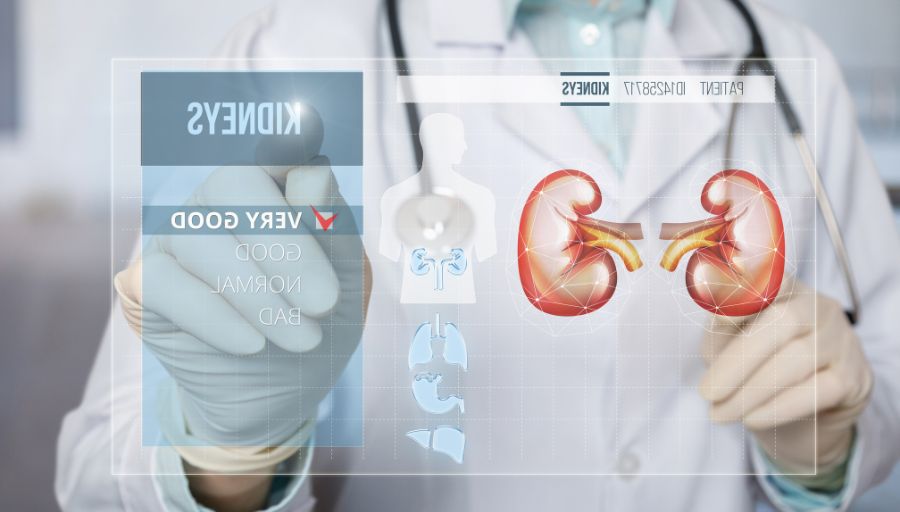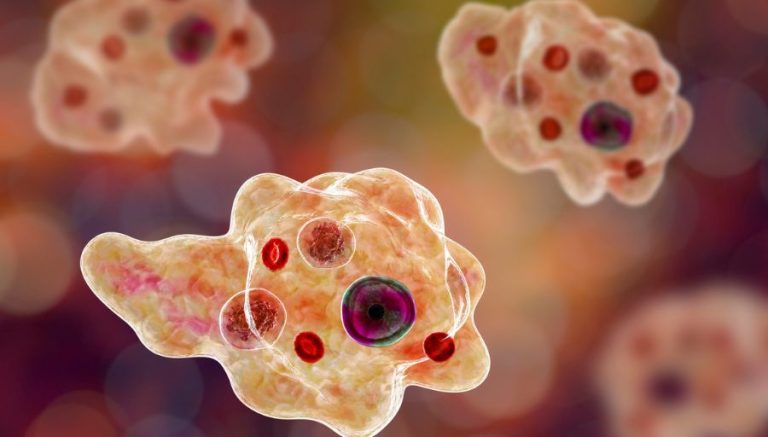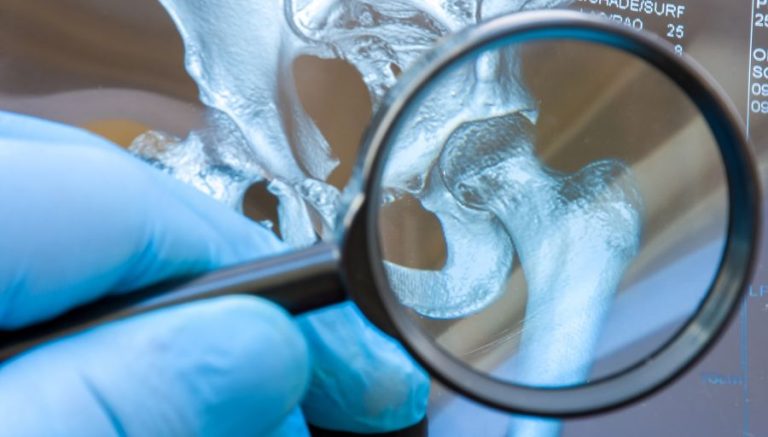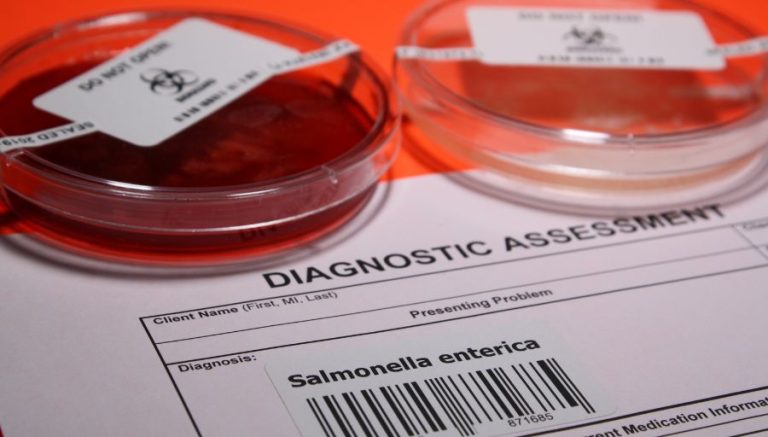In-Depth Insights into Genitourinary Tuberculosis: A Comprehensive Guide
Below, we’ll discuss Tuberculosis of the kidney and ureter, Tuberculosis of the bladder, Tuberculous urethritis, Tuberculosis of the prostate, Tuberculosis of male genital organs, Tuberculosis of the cervix, Tuberculous female pelvic inflammatory disease, and Tuberculosis of other female genital organs.
1. Tuberculosis of the kidney and ureter
Tuberculosis (TB) of the kidney and ureter is a type of extrapulmonary Tuberculosis that occurs when bacilli migrate to the renal system via blood circulation or the lymph system from an original infection by Mycobacterium tuberculosis (rarely Mycobacterium bovis); the infection can remain dormant for long periods but eventually activate and infect the involved organ system.
1.1 Symptoms
A patient with TB of the kidney and ureter can experience;
- frequent voiding;
- dysuria;
- pyuria;
- back, flank, abdominal pain;
- night sweats;
- fever; and
- weight loss.
The formation of granulomas or tuberculomas (tuberculous “tumors”) can result in fibrosis (thickened and scarred connective tissue), leading to obstruction due to stricture or stenosis (narrowing of a tubular structure).
1.2 Diagnosis
Providers diagnose the condition based on blood tests, tuberculin skin tests, and previous Tuberculosis or active disease history. Intravenous urography, MRI, or CT may detect granulomas or tuberculomas. Definitive diagnosis is made by tissue biopsy or abscess samples for acid–fast bacilli (AFB).
1.3 Treatment
Treatment includes standard antituberculous chemotherapy with isoniazid, rifampin, rifabutin, pyrazinamide, and ethambutol; other drugs may be tried if these drugs are ineffective.
The provider may perform surgery to treat abscesses, tuberculomas, fistulas, and strictures or obstructions.
2. Tuberculosis of the bladder
Tuberculosis (TB) of the bladder is a type of extrapulmonary Tuberculosis that occurs when bacilli migrate to the renal system via blood circulation or the lymph system from an original infection by Mycobacterium tuberculosis (rarely Mycobacterium bovis); the infection can remain dormant for long periods but eventually activate and infect the involved organ system.
2.1 Symptoms
A patient with TB of the bladder can experience;
- frequent voiding;
- dysuria;
- pyuria;
- burning on urination
- night sweats;
- fever; and
- weight loss.
The formation of granulomas or tuberculomas (tuberculous “tumors”) can result in fibrosis (thickened and scarred connective tissue), leading to obstruction due to stricture or stenosis (narrowing of a tubular structure).
2.2 Diagnosis
Providers diagnose the condition based on blood tests, tuberculin skin tests, and previous Tuberculosis or active disease history. Intravenous urography, MRI, or CT may detect granulomas or tuberculomas. Definitive diagnosis is made by tissue biopsy or abscess samples for acid–fast bacilli (AFB).
2.3 Treatment
Treatment includes standard antituberculous chemotherapy with isoniazid, rifampin, rifabutin, pyrazinamide, and ethambutol; other drugs may be tried if these drugs are ineffective. The provider may perform surgery to treat abscesses, tuberculomas, and fistulas
3. Tuberculous urethritis
Tuberculous urethritis is a type of extrapulmonary Tuberculosis that affects the renal system when bacilli migrate to the area via blood circulation or the lymph system from an original infection by Mycobacterium tuberculosis (rarely Mycobacterium bovis); the infection can remain dormant for long periods but eventually activate and infect the involved structures.
3.1 Symptoms
A patient with TB of urinary organs can experience;
- frequent voiding;
- dysuria;
- pyuria;
- back, flank, abdominal pain;
- night sweats;
- fever; and
- weight loss.
The formation of granulomas or tuberculomas (tuberculous “tumors”) can result in fibrosis (thickened and scarred connective tissue), leading to obstruction due to stricture or stenosis (narrowing of a tubular structure).
3.2 Diagnosis
Providers diagnose the condition based on blood tests, tuberculin skin tests, and previous Tuberculosis or active disease history. Intravenous urography, MRI, or CT may detect granulomas or tuberculomas. Definitive diagnosis is made by tissue biopsy or abscess samples for acid–fast bacilli (AFB).
3.3 Treatment
Treatment includes standard antituberculous chemotherapy with isoniazid, rifampin, rifabutin, pyrazinamide, and ethambutol; other drugs may be tried if these drugs are ineffective. The provider may perform surgery to treat abscesses, tuberculomas, fistulas, and strictures or obstructions.
4. Tuberculosis of the prostate
Tuberculosis (TB) of the prostate is a rare form of extrapulmonary Tuberculosis in which bacilli migrate to the prostate via blood circulation or genitourinary tract and lodge in the area from an original infection by Mycobacterium tuberculosis (rarely by Mycobacterium bovis); the bacilli form granulomas (inflammatory masses of cells), which can remain dormant for long periods but eventually rupture and infect the involved organ.
4.1 Symptoms
A patient with prostate tuberculosis can experience the following;
- prostatitis (inflammation of the prostate);
- frequent voiding;
- difficulty urinating;
- pain and nodularity on prostate examination;
- pyuria;
- night sweats;
- fever; and
- weight loss.
The formation of granulomas can result in fibrosis (thickened and scarred connective tissue), leading to obstruction.
4.2 Diagnosis
Providers diagnose the condition based on blood and urine tests, tuberculin skin tests, and previous history of Tuberculosis or active disease. Transrectal ultrasound (TRUS), CT, or MRI may detect granulomas. Definitive diagnosis is made by tissue biopsy or abscess samples for acid–fast bacilli (AFB).
4.3 Treatment
Treatment includes three to four antituberculous chemotherapy drugs (isoniazid, rifampin, rifabutin, pyrazinamide, and ethambutol) for six to nine months; other regimens may be tried if these drugs are ineffective.
The provider may perform transurethral resection of the prostate (TURP) to treat obstruction. Prostatic Tuberculosis is a rare condition often associated with compromised immune systems and is difficult to diagnose.
5. Tuberculosis of male genital organs
Tuberculosis of male genital organs is a type of extrapulmonary Tuberculosis that affects male genital organs when bacilli that migrate through the blood or lymph system from an original infection by Mycobacterium tuberculosis (rarely Mycobacterium bovis) and lodge in the area form granulomas (inflammatory masses of cells), which can remain dormant for long periods but eventually rupture and infect the involved organ.
5.1 Symptoms
A patient can experience;
- epididymitis (epididymis infection, a tube in the testicle that stores sperm);
- infertility;
- epididymal nodule;
- perineal pain;
- night sweats;
- fever;
- weight loss.
The formation of granulomas or tuberculomas (tuberculous “tumors”) can result in fibrosis (thickened and scarred connective tissue), leading to obstruction due to stricture or stenosis (narrowing of a tubular structure).
5.2 Diagnosis
Providers diagnose the condition based on blood tests, tuberculin skin tests, and previous Tuberculosis or active disease history. CT or MRI may detect granulomas or tuberculomas. A definitive diagnosis is made by tissue biopsy.
5.3 Treatment
Treatment includes standard antituberculous chemotherapy with isoniazid, rifampin, rifabutin, pyrazinamide, and ethambutol; other drugs may be tried if these drugs are ineffective. Surgery may be performed to treat obstruction or remove granulomas.
6. Tuberculosis of the cervix
Tuberculosis (TB) of the cervix is a rare form of extrapulmonary Tuberculosis that affects the uterine cervix when bacilli from an original infection by Mycobacterium tuberculosis (rarely Mycobacterium bovis) lodge in the area and form granulomas (inflammatory masses of cells), which can remain dormant for long periods but eventually rupture and infect the involved organ.
6.1 Symptoms
A patient with TB of the cervix can experience;
- pain and bleeding with sexual intercourse;
- pelvic pain, persistent foul–smelling discharge;
- irregular menses;
- infertility;
- night sweats;
- fever and;
- weight loss.
6.2 Diagnosis
Diagnosis is difficult. Providers diagnose the condition based on the presence of granulomas on cervical and colposcopic examination. Tissue biopsy, cultures, and acid–fast bacilli (AFB) may not be diagnostic.
6.3 Treatment
Treatment includes standard antituberculous chemotherapy (isoniazid, rifampin, rifabutin, pyrazinamide, and ethambutol); other drugs may be tried if these drugs are ineffective. Cervical Tuberculosis is a rare condition.
7. Tuberculous female pelvic inflammatory disease
Tuberculous female pelvic inflammatory disease is a type of extrapulmonary Tuberculosis that affects the ovaries, fallopian tubes, and uterus when bacilli migrate through the blood or lymph system from an original infection by Mycobacterium tuberculosis (rarely Mycobacterium bovis) and lodge in the area and form granulomas (inflammatory masses of cells), which can remain dormant for long periods but eventually rupture and infect the involved organ.
Tuberculous female pelvic inflammatory disease is also known as:
- Tuberculous endometritis
- Tuberculous oophoritis and salpingitis
7.1 Symptoms
A patient with tuberculous female pelvic inflammatory disease can experience;
- abnormal bleeding;
- persistent foul-smelling discharge;
- abdominal swelling;
- pelvic pain;
- amenorrhea;
- infertility;
- night sweats;
- fever; and
- weight loss.
The formation of granulomas or tuberculomas (tuberculous “tumors”) can result in fibrosis (thickened and scarred connective tissue), leading to obstruction due to stricture or stenosis (narrowing of a tubular structure).
7.2 Diagnosis
Providers diagnose the condition based on blood tests, tuberculin skin tests, menstrual blood analysis, and previous history of Tuberculosis or active disease. Provider may perform hysterosalpingography, ultrasonography, and/or endoscopy. Definitive diagnosis is made by tissue biopsy or abscess samples for acid–fast bacilli (AFB).
7.3 Treatment
Treatment includes standard antituberculous chemotherapy with isoniazid, rifampin, rifabutin, pyrazinamide, and ethambutol; other drugs may be tried if these drugs are ineffective. Surgery may be performed to treat obstruction or remove granulomas.
8. Tuberculosis of other female genital organs
Tuberculosis (TB) of other female genital organs is a type of extrapulmonary Tuberculosis that affects female reproductive organs other than the ovaries, fallopian tubes, uterus, and cervix when bacilli migrate through the blood or lymph system from an original infection by Mycobacterium tuberculosis (rarely Mycobacterium bovis) and lodge in the area and form granulomas (inflammatory masses of cells), which can remain dormant for long periods but eventually rupture and infect the involved organ.
TB of the vulva, vagina, and female genital structures other than the ovaries, tubes, uterus, and cervix is rare; it is often associated with upper genital infections but may be transferred to a patient during sexual intercourse.
8.1 Symptoms
A patient with TB of other female genital organs can exhibit;
- lymphedema (swelling and skin changes due to lymph obstruction) and/or a caseous (cheesy–looking);
- pus-filled, wartlike mass on the genitalia;
- abnormal bleeding;
- persistent foul-smelling discharge;
- abdominal swelling;
- pelvic pain;
- amenorrhea; and
- infertility.
8.2 Diagnosis
Providers diagnose the condition based on physical examination, blood tests, tuberculin skin tests, and previous history of Tuberculosis or active disease.
Providers may perform hysterosalpingography, ultrasonography, and endoscopy to identify genital disease of pelvic organs. Definitive diagnosis is made by tissue biopsy or abscess samples for acid–fast bacilli (AFB).
8.3 Treatment
Treatment includes standard antituberculous chemotherapy with isoniazid, rifampin, rifabutin, pyrazinamide, and ethambutol; other drugs may be tried if these drugs are ineffective. Surgery may be performed to remove granulomas.






